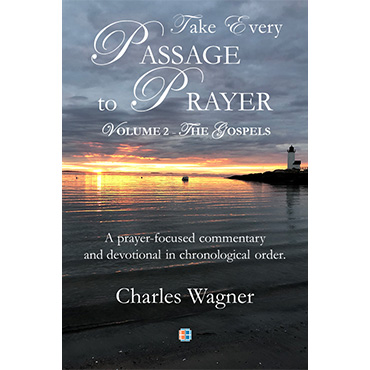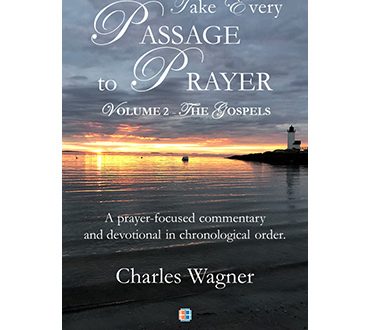
Theories About the Content Sources of the Gospels
The four gospels can be separated into two groups.
- Matthew, Mark, and Luke share similar text in common. Therefore, they are called the “synoptic gospels.”
- John has unique text not found in Matthew, Mark, and Luke.
How do we account for the similarities between the synoptic gospels? There are five theories.
- Matthew first. The writers of Mark and Luke both used the gospel of Matthew as a source. There are two sub theories associated with this theory.
- Mark was the first of the two gospels that relied on Matthew. The writer of Luke then used both Matthew and Mark as a source.
- Luke was the first of the two gospels that relied on Matthew. The writer of Mark then used both Matthew and Luke as a source.
The problem with the “Matthew first” theory is that logic informs us that an original source document would have less text than those written from it. People typically embellish and expound upon original source material. Why does Mark have less content than both Matthew and Luke? If this theory were true, Mark should have more content than both Matthew and Luke.
- Mark first and Q. The writers of Matthew and Luke both used the gospel of Mark as a source. Scholars have stated that as much as 75% of the text of Mark can be found in Matthew and an estimated 50% of the text of Mark can be found in Luke. However, where did the other text of Matthew and Luke come from? It is theorized that both Matthew and Luke used a second source which has been labeled “Q” (“quelle”, a German word for “source”). Q was most likely a document from which both Matthew and Luke copied portions word for word since they share text in common. [1] Q could also be oral traditions passed on down through the decades.[2] Q has vanished from history because its text was absorbed into Matthew and Luke. The “Mark first” theory is the most widely accepted theory of our time.
- Mark first, Matthew second, and Q. This theory is essentially the same as “Mark first and Q.” However, this theory espouses that Luke used Mark, Matthew, and Q as a source whereas Matthew used only Mark and Q as a source. This theory is discredited by many because if Luke used Matthew, which already utilized Q, there would be no need for Q for Luke. It is possible that Luke used only Matthew, which was based on Mark and Q, as a source.
- Mark first, Q, but also M and L. This theory accepts the “Mark first and Q” theory in totality. However, this theory believes Matthew had a third source (Mark and Q were the first two) which scholars have named “M”. In addition, this theory believes Luke had a third source (Mark and Q were the first two) which scholars have named “L”. This is also a widely accepted theory of scholars today.
- Mark first and Matthew second without Q. This theory is named after A.M. Farrer who theorized that Mark was written first, Matthew was written using Mark as a source, and Luke was written using both Mark and Matthew as a source. There were no “Q”, “M”, or “L” sources.
[1] There are dozens of gospels that have been written throughout the centuries. However, only these four gospels have been accepted into the canon of the Bible. It is possible that portions of the earliest of these alternative gospels were used as source material for Matthew, Mark, and Luke.
[2] It is likely that stories shared by the original disciples were a source of the oral traditions in the church that contributed to the writing of the four gospels.




